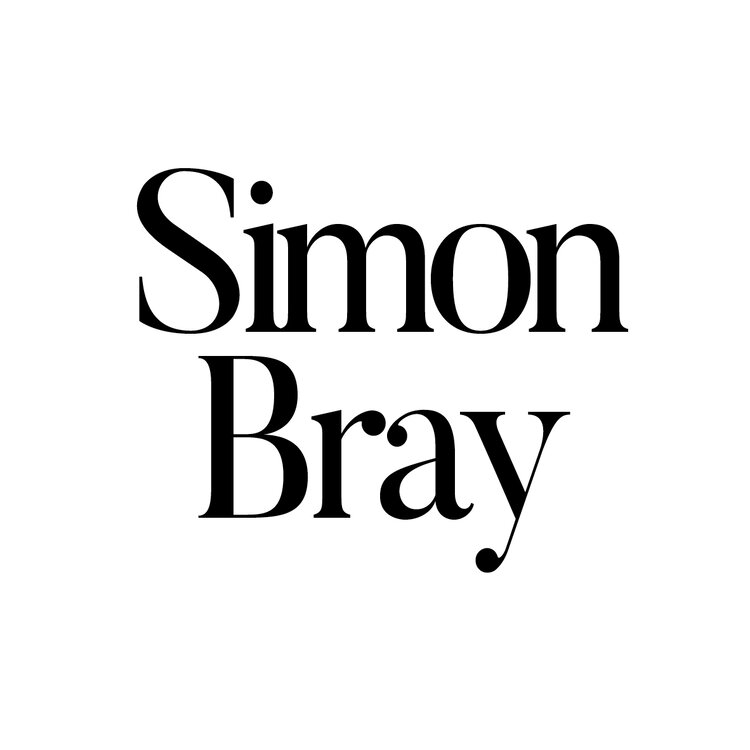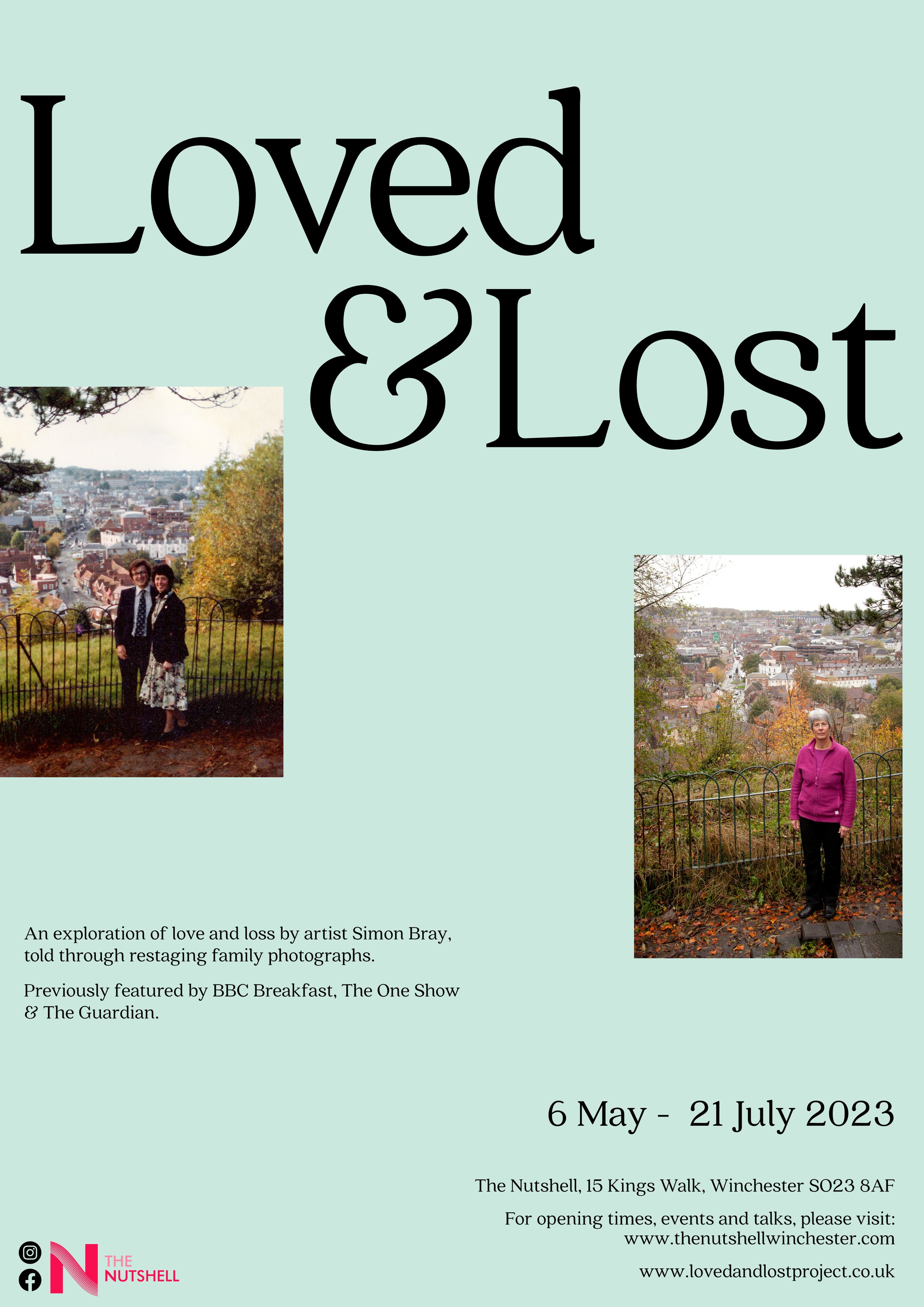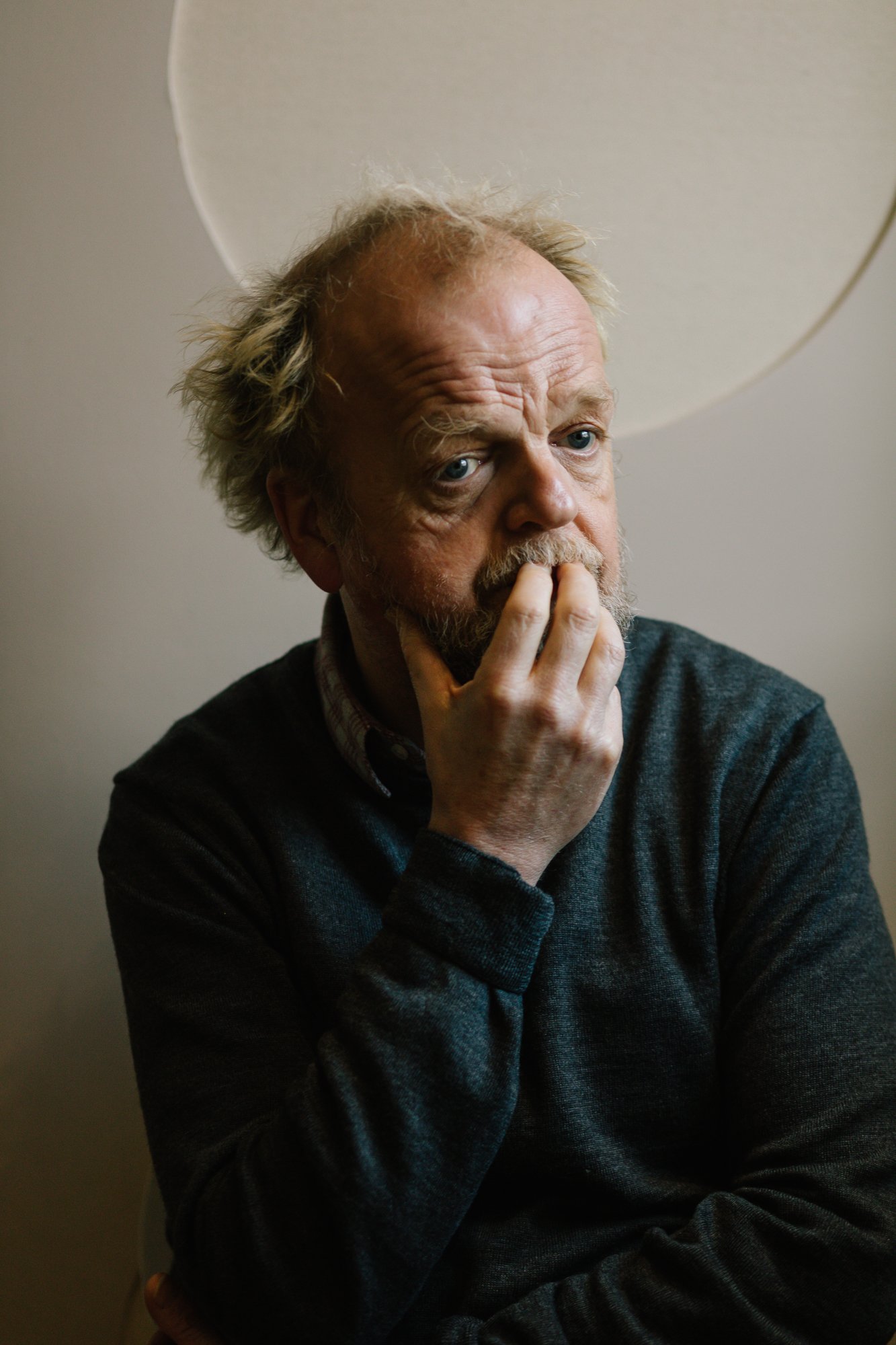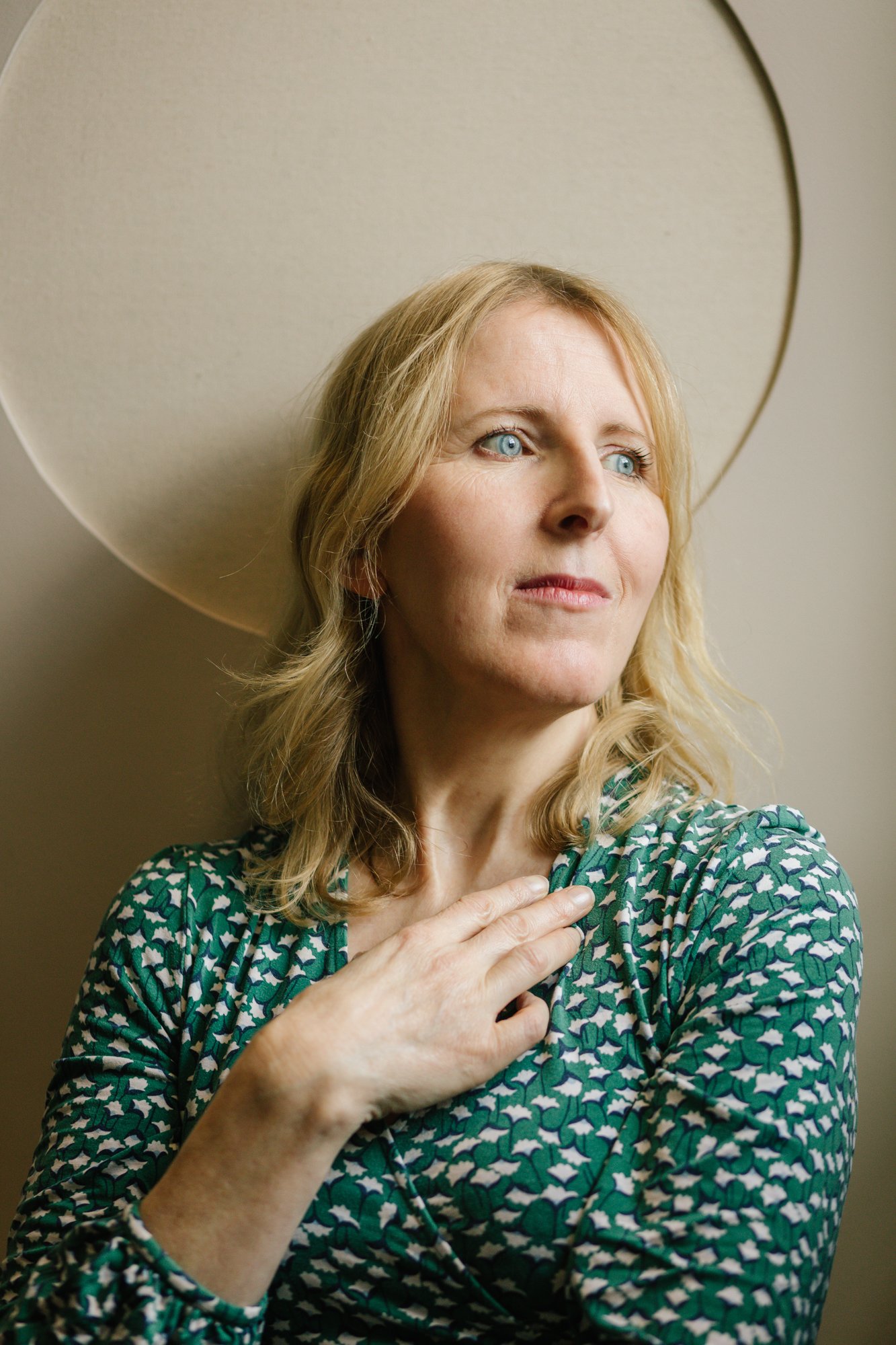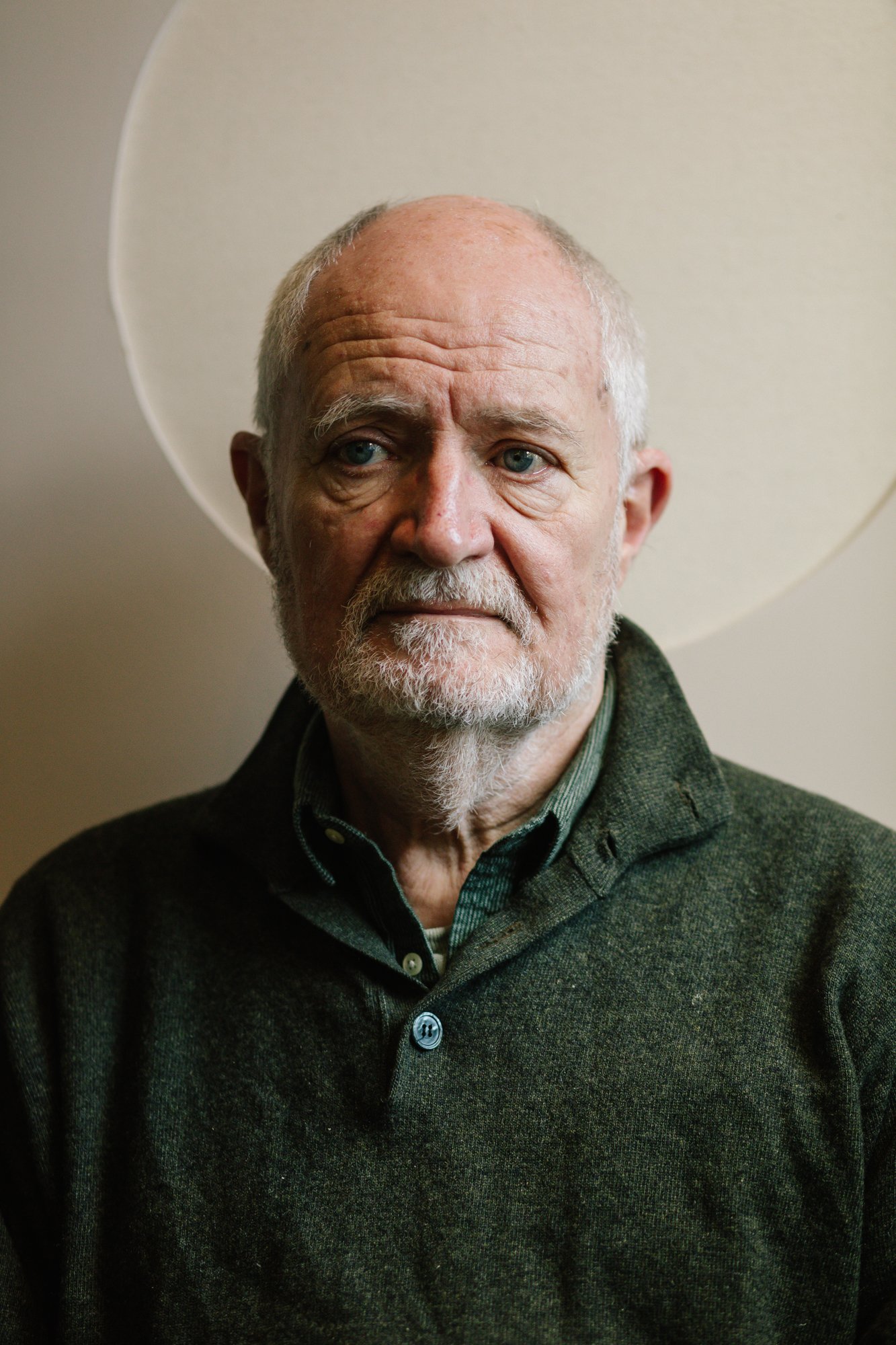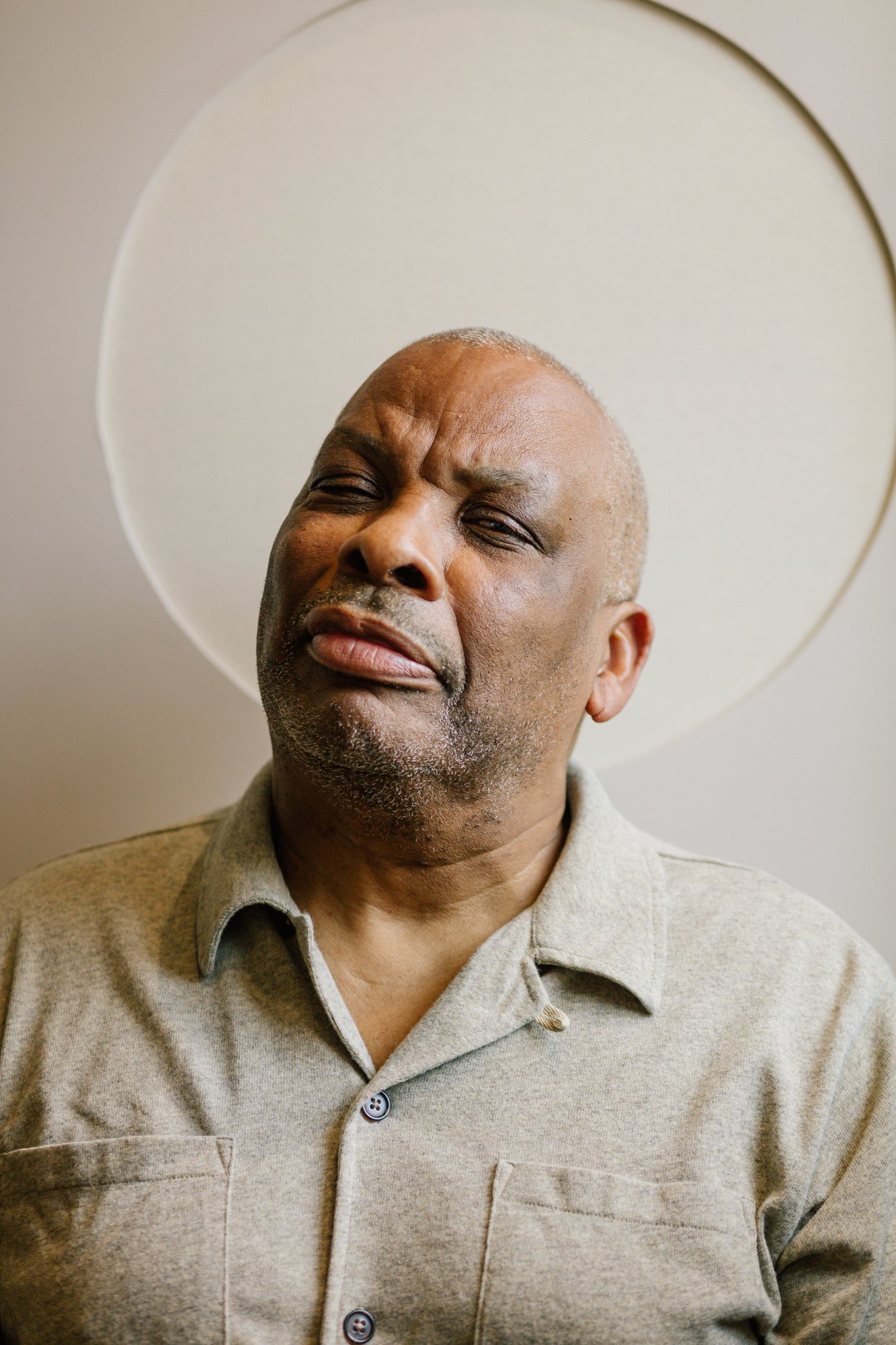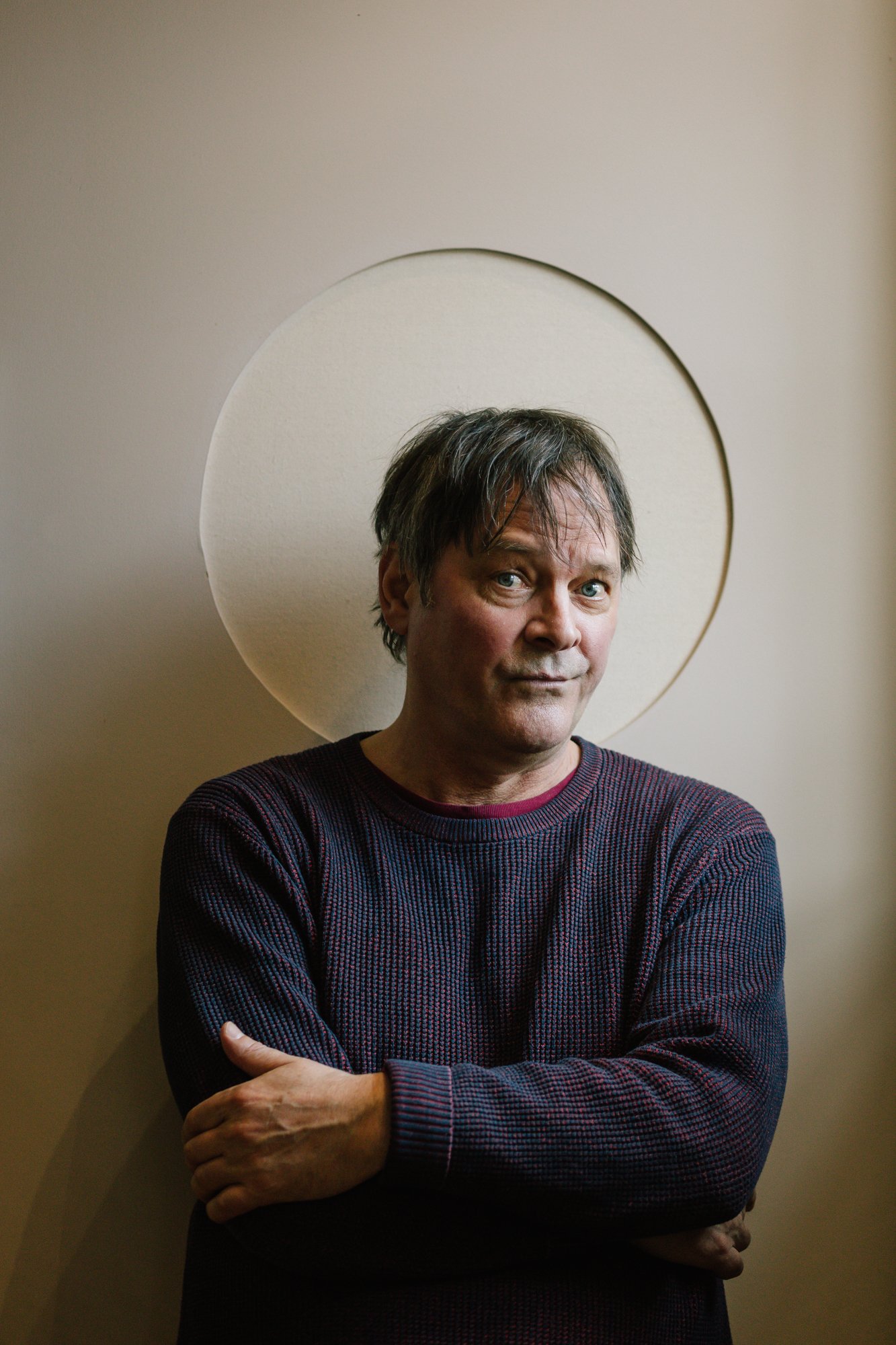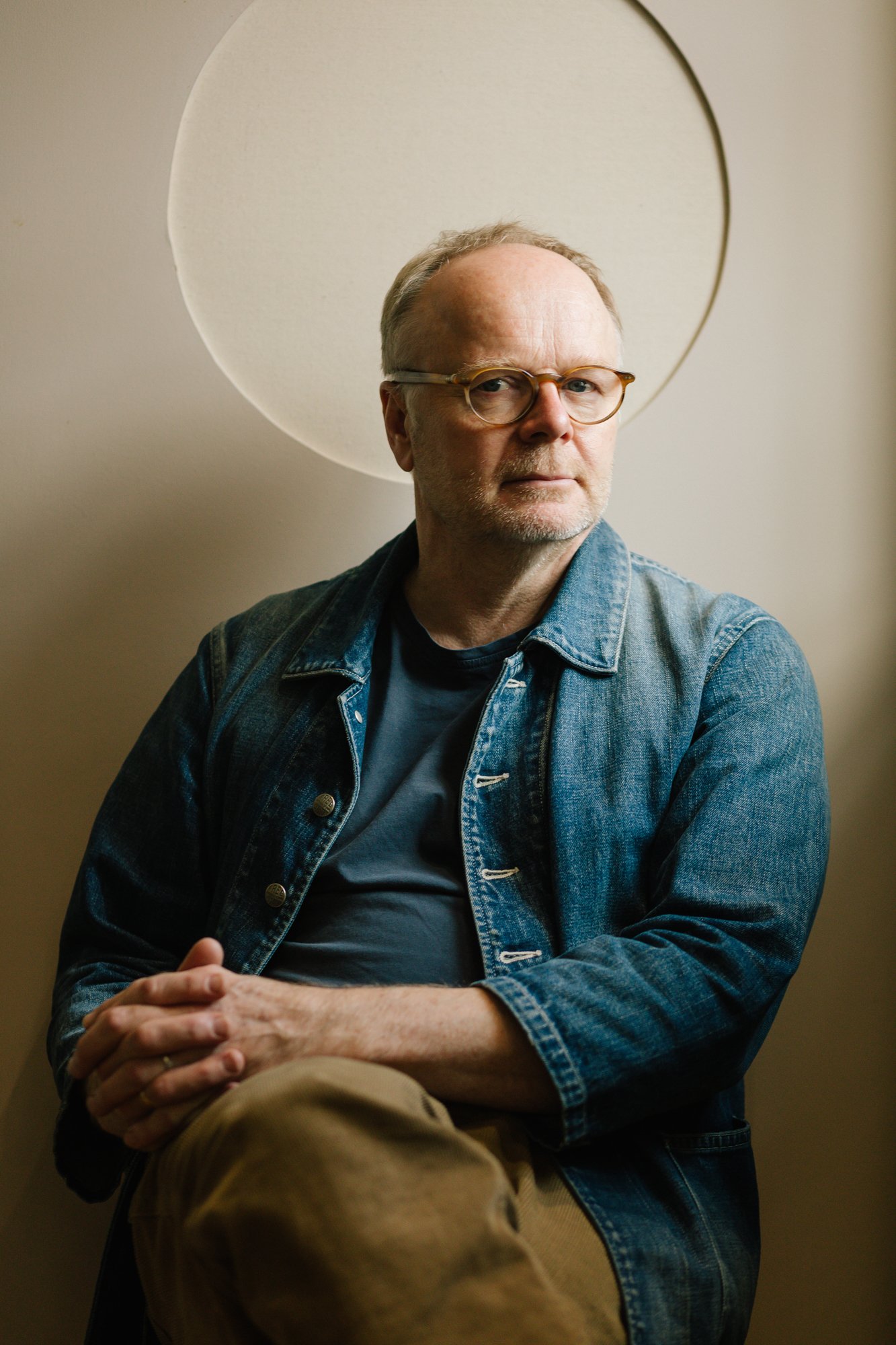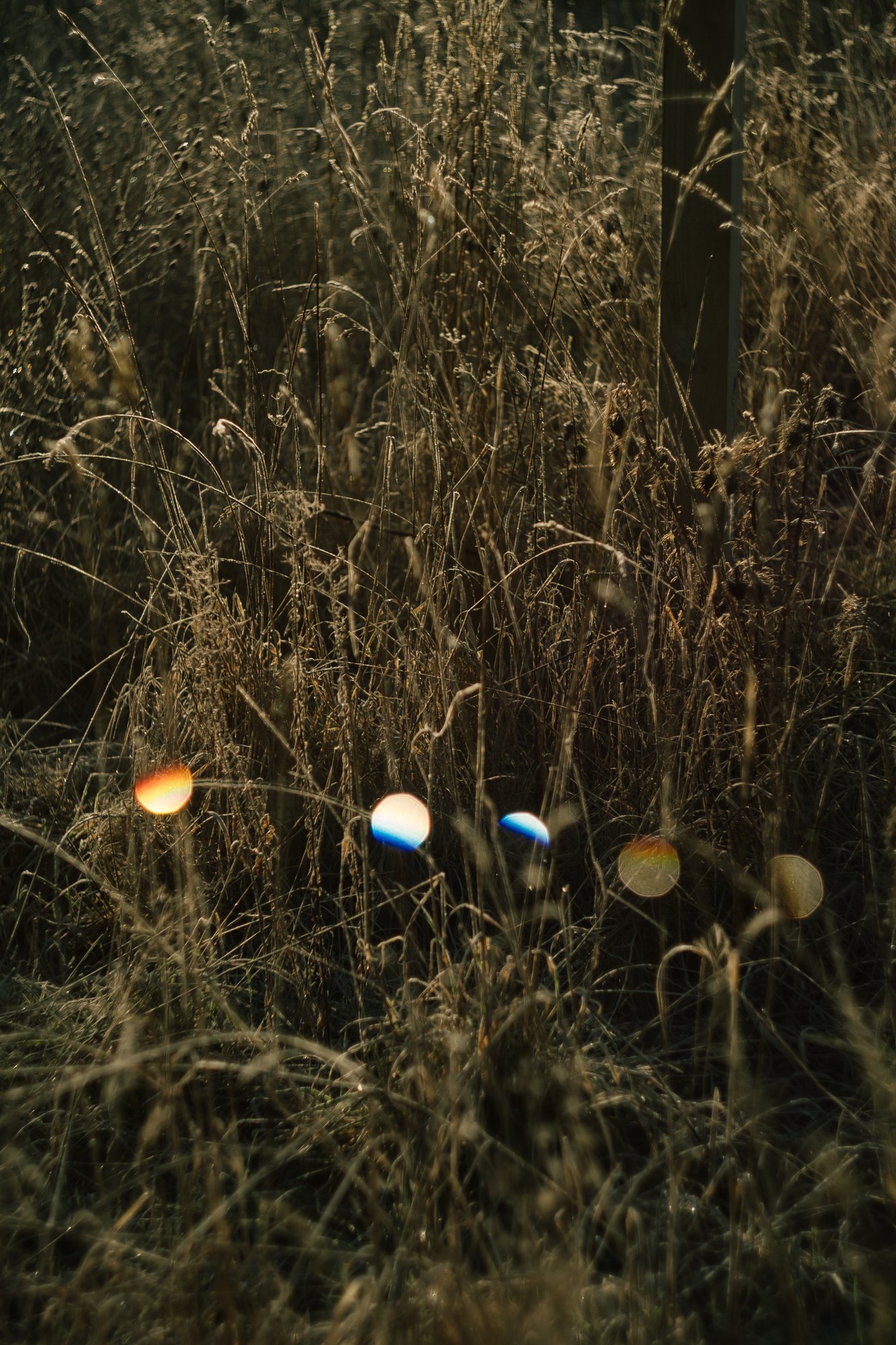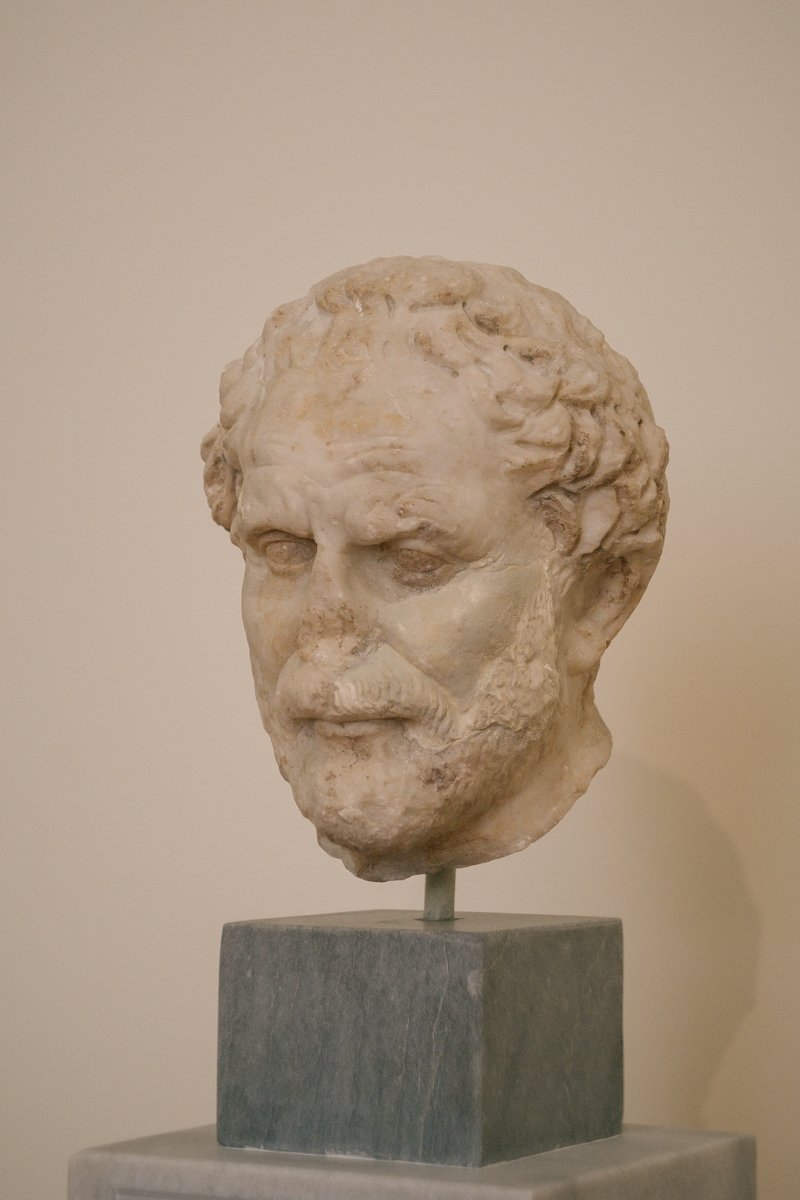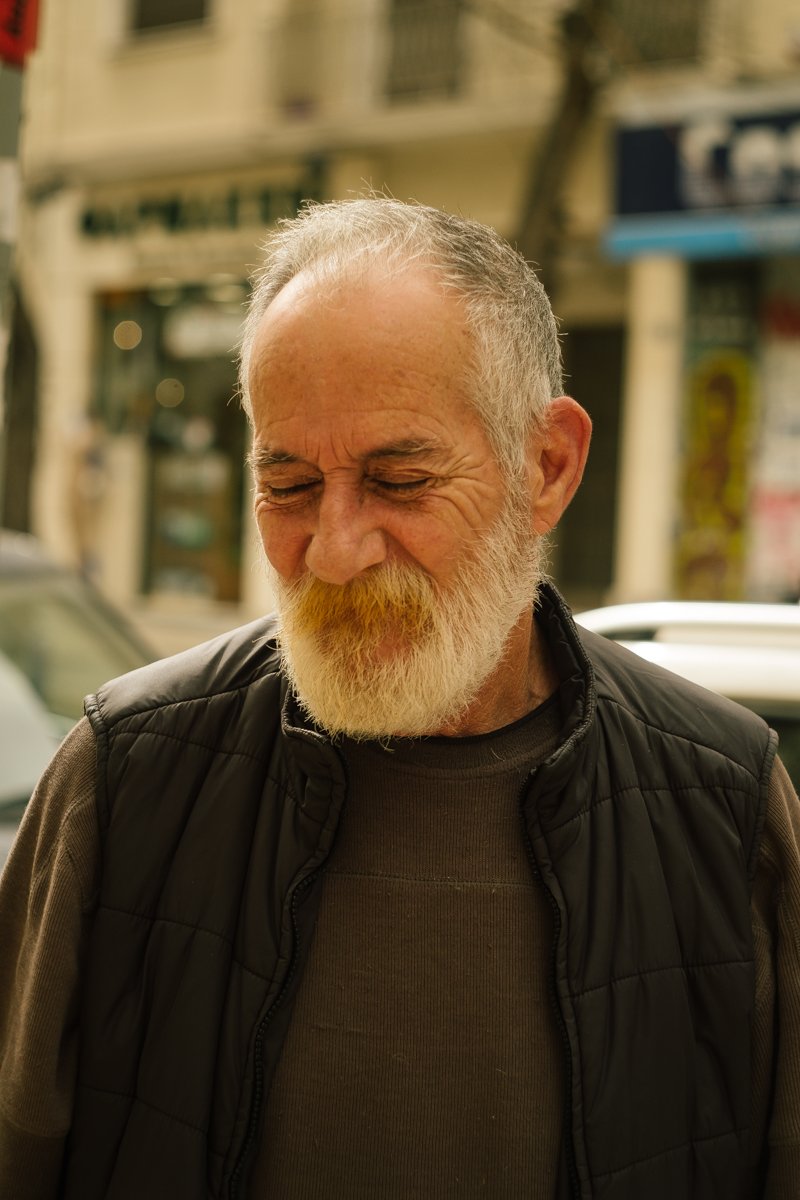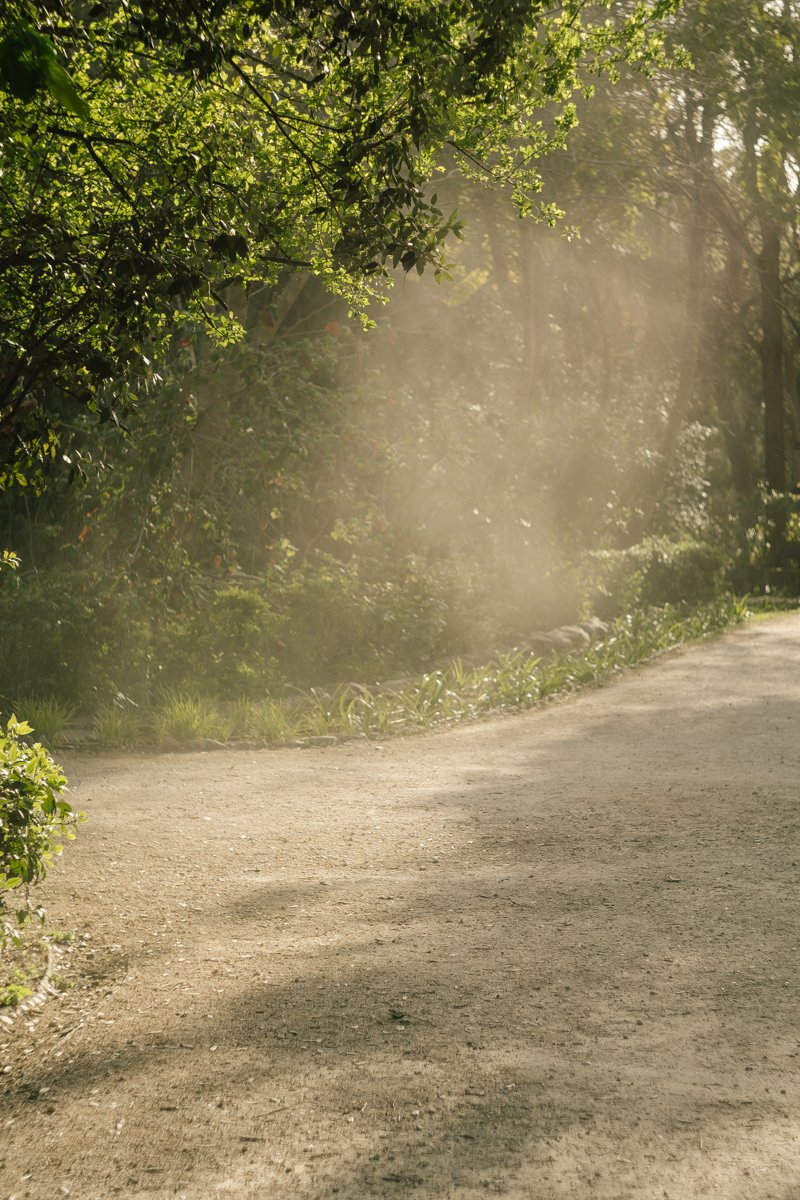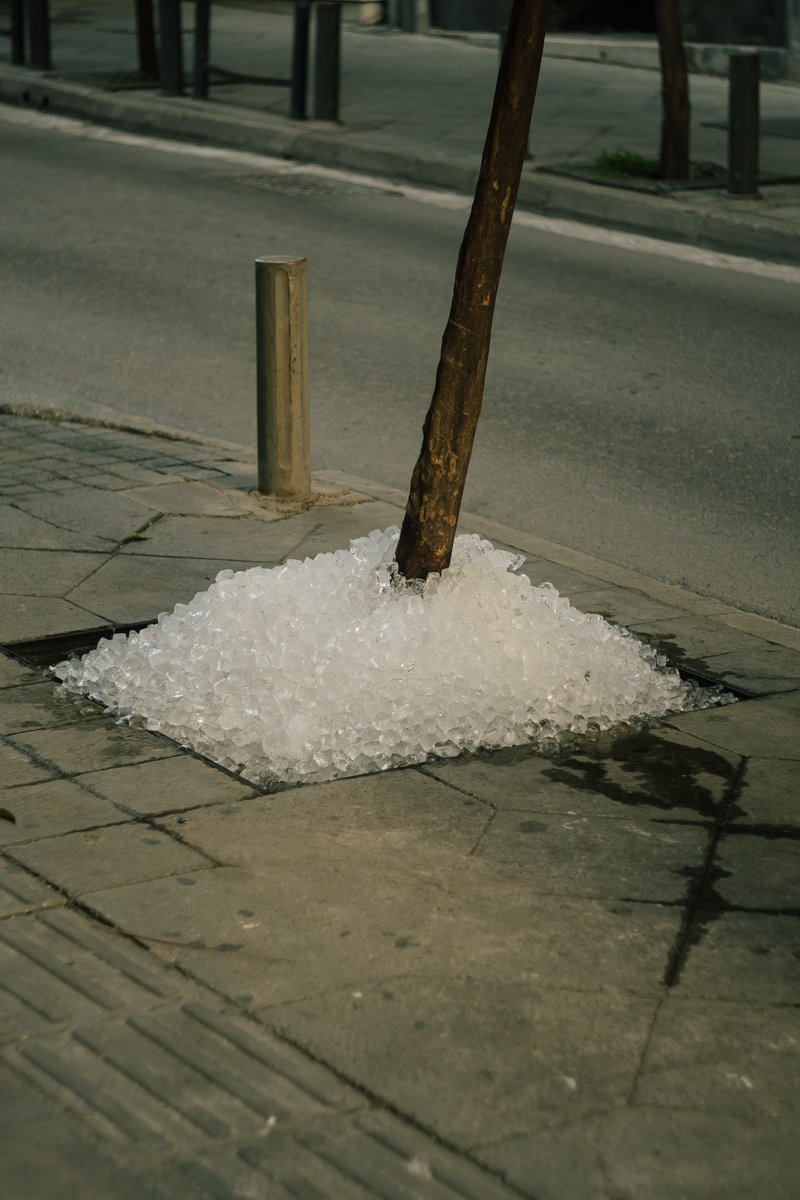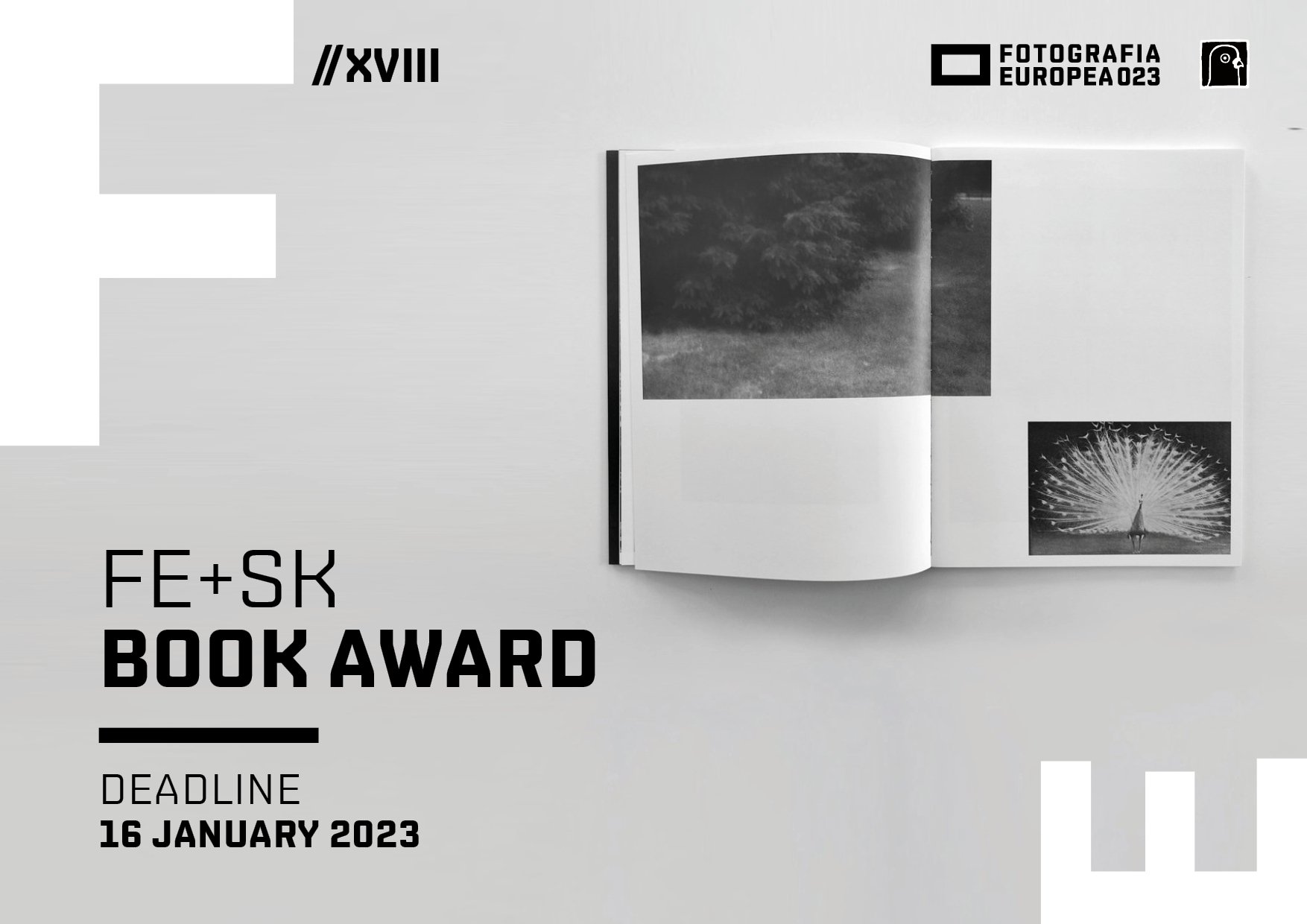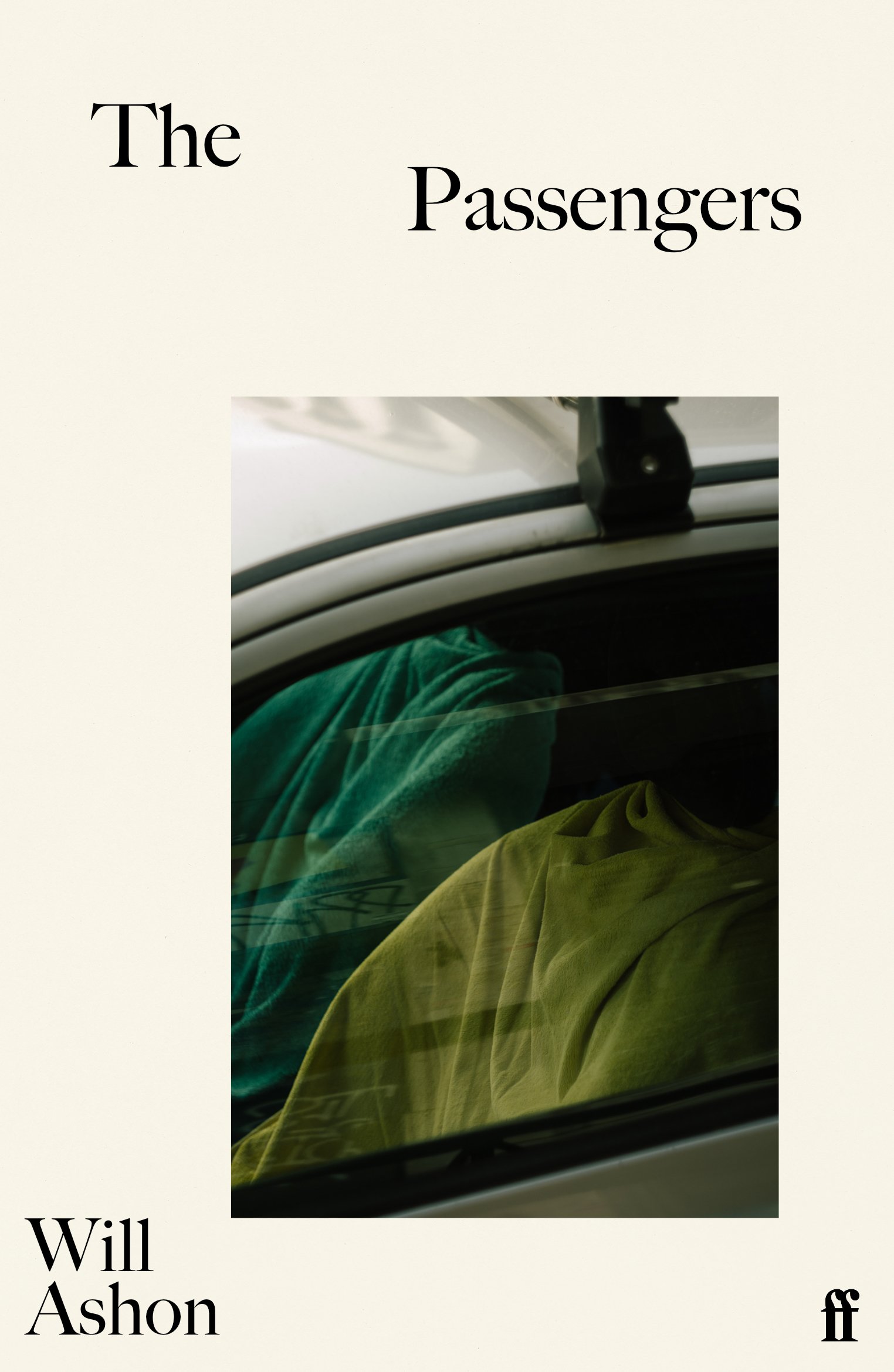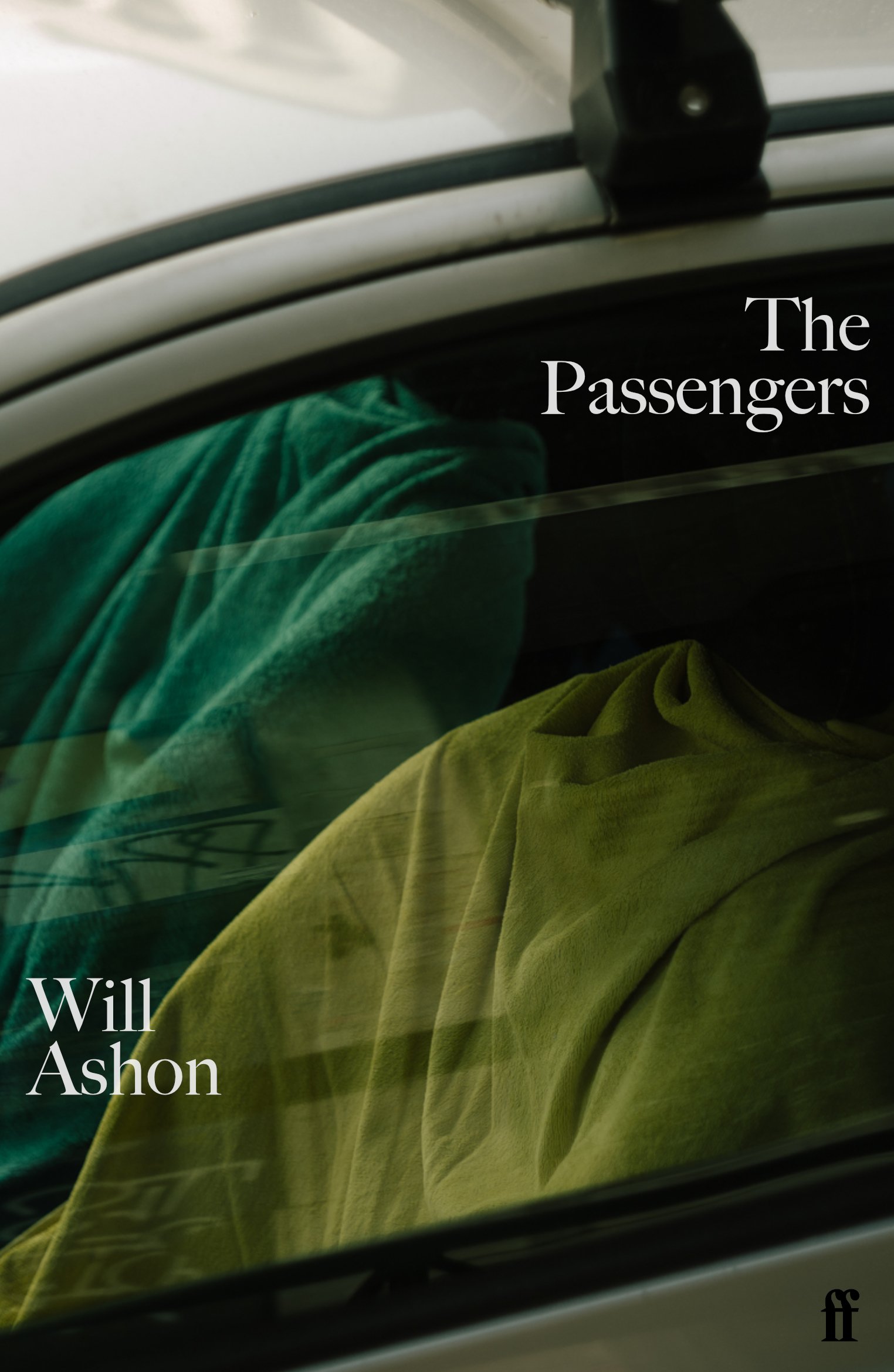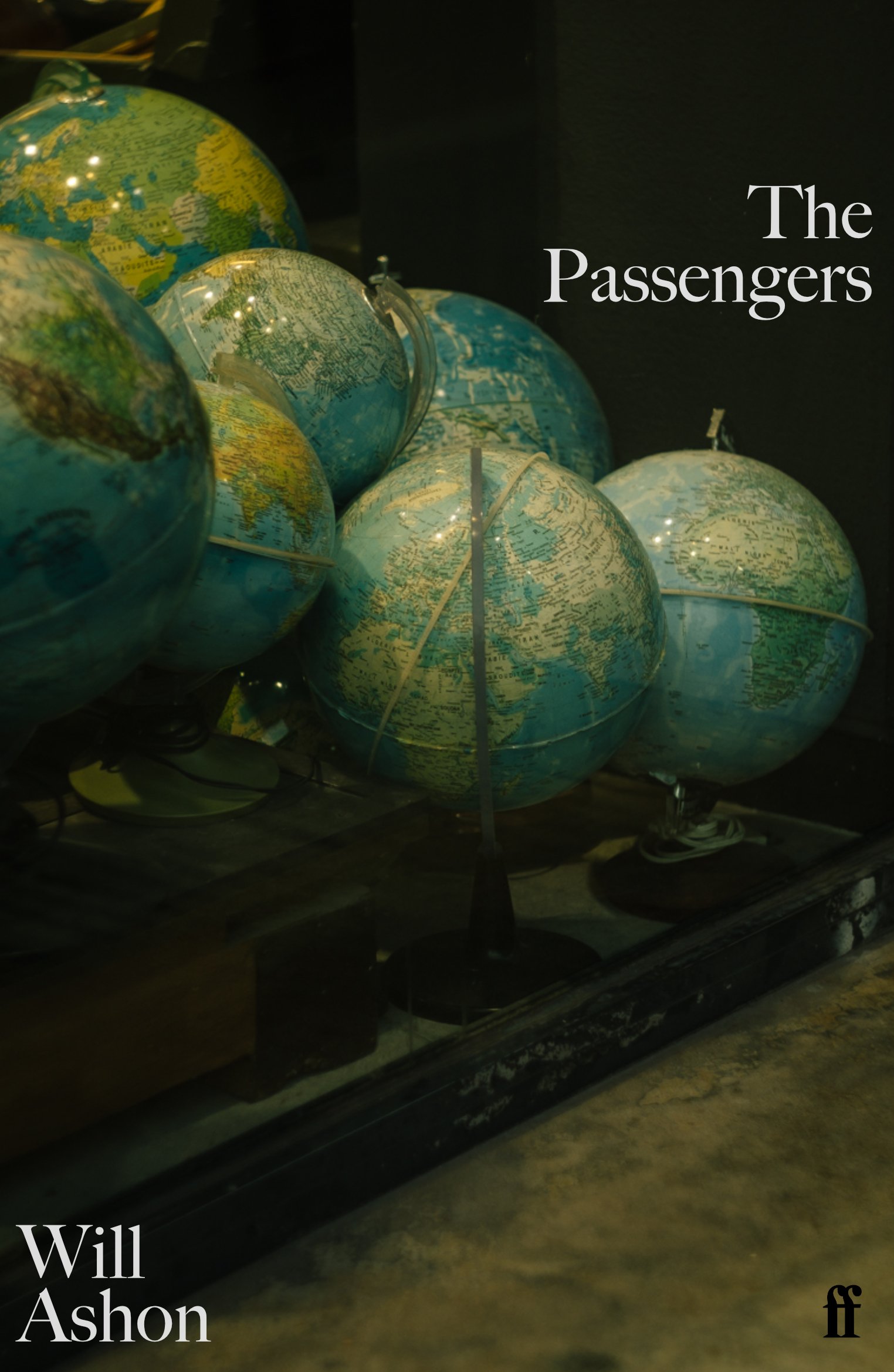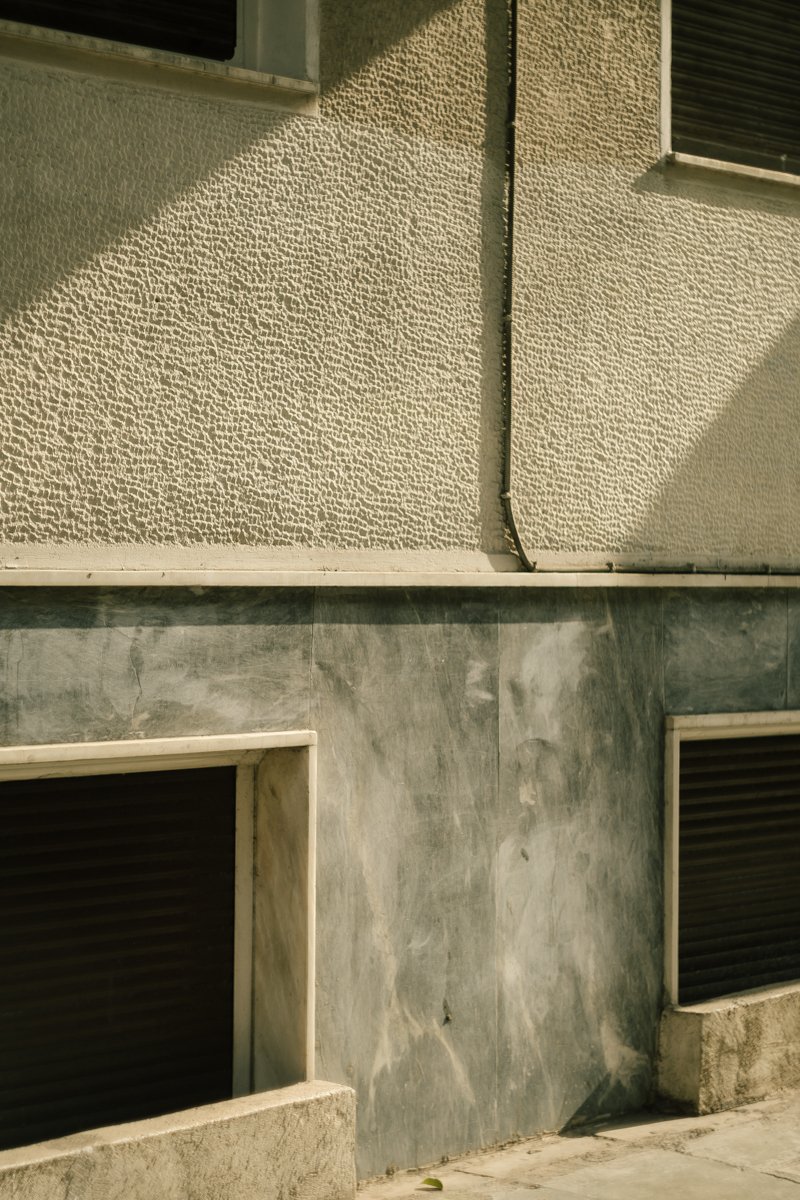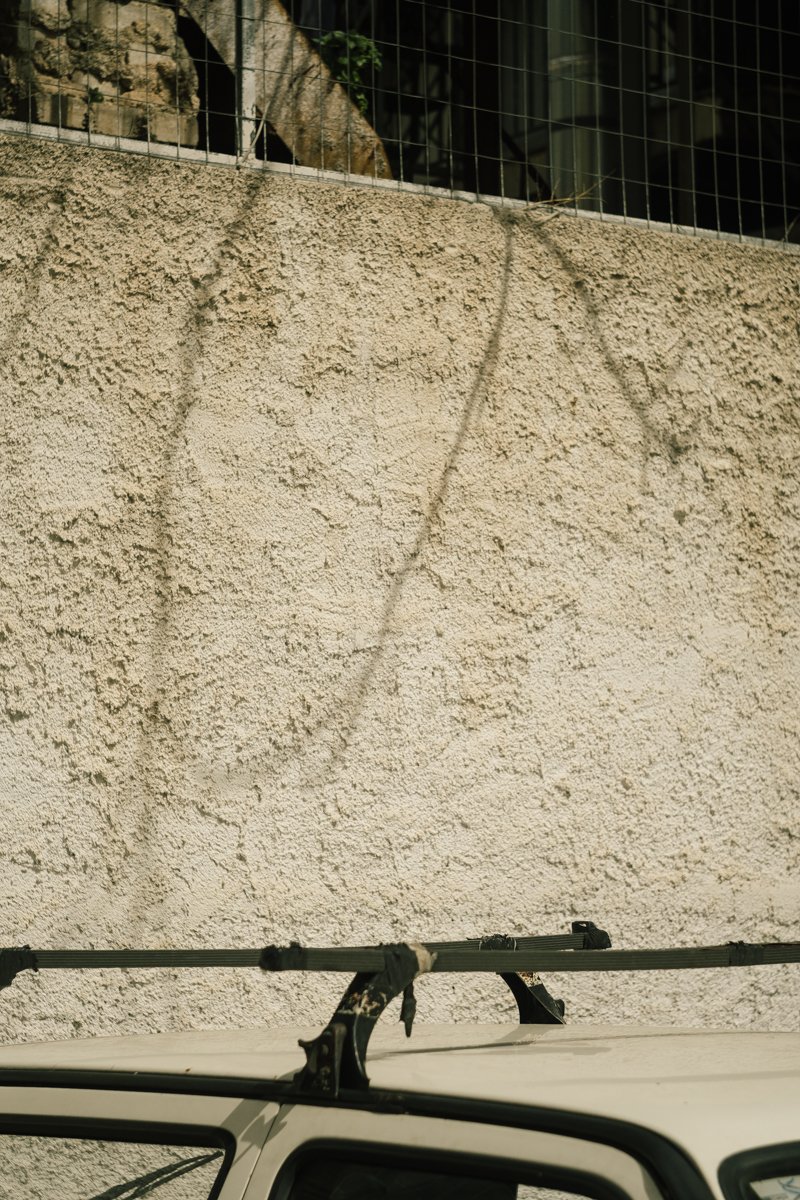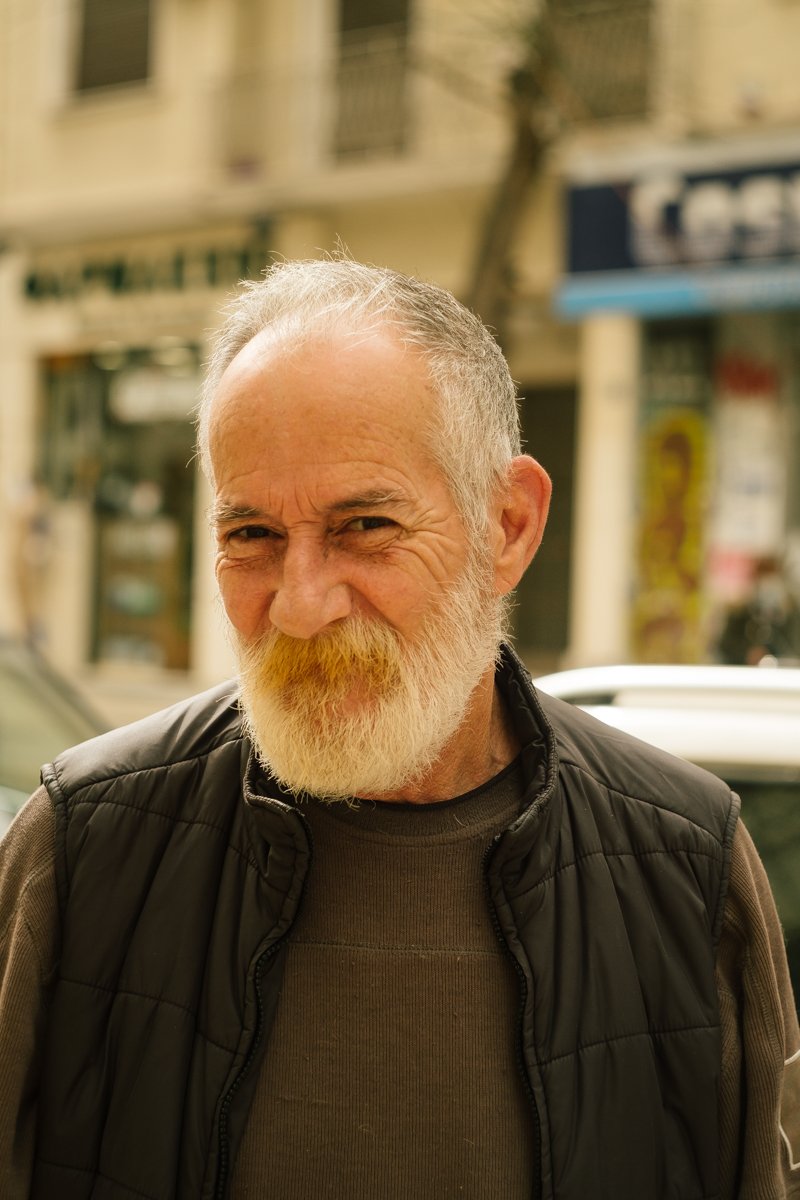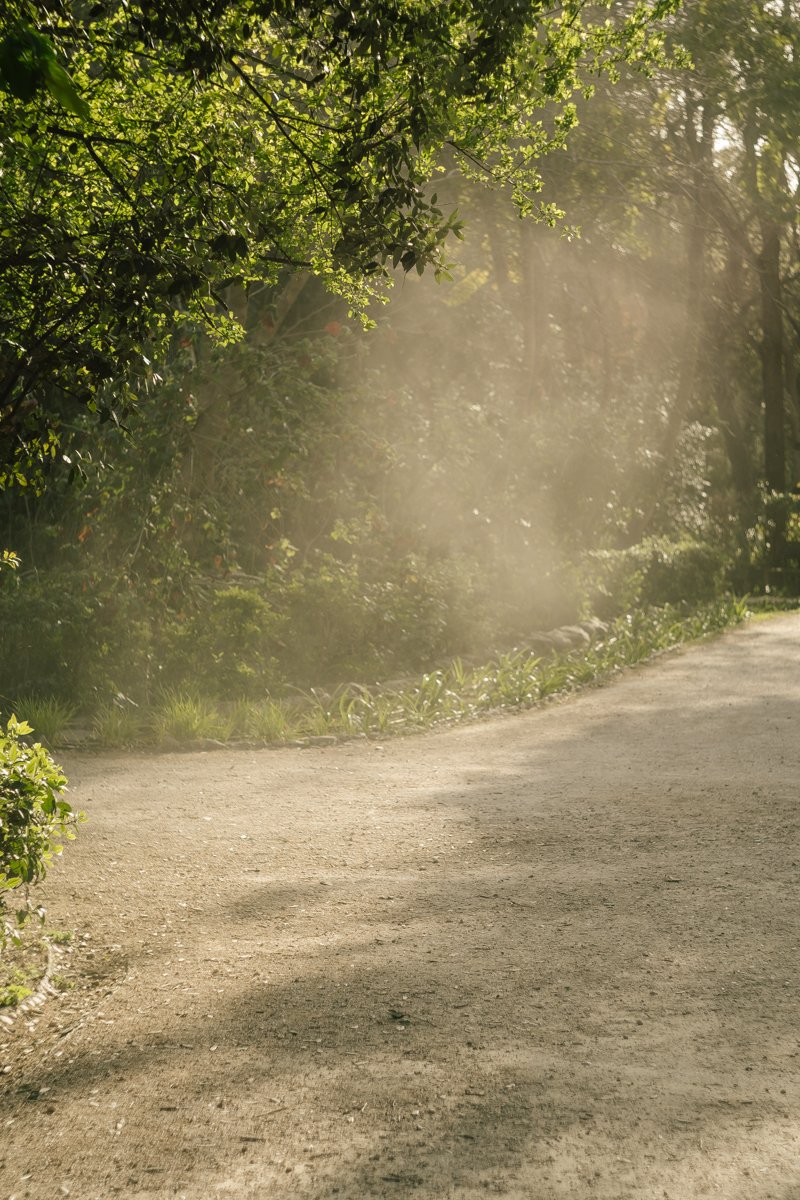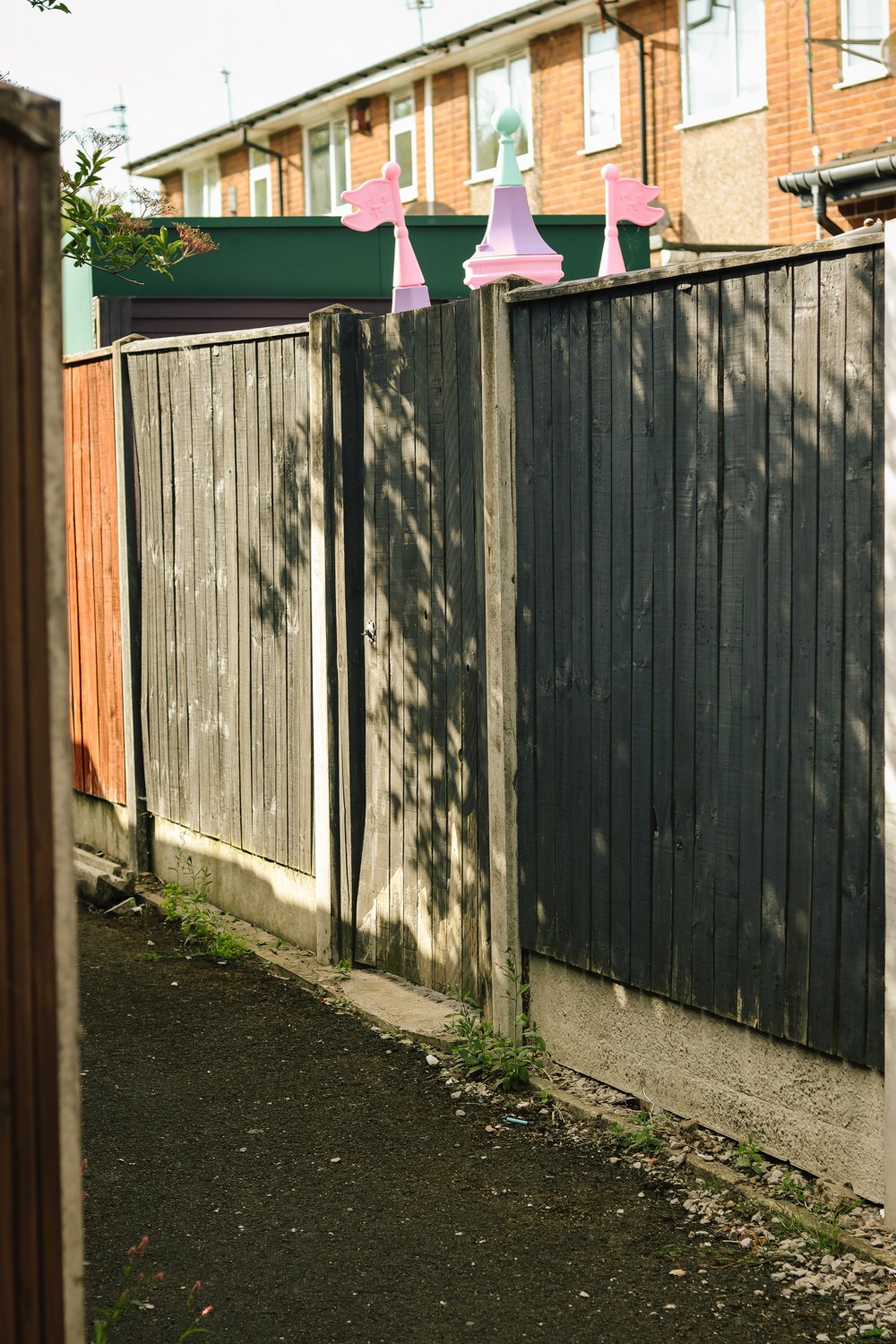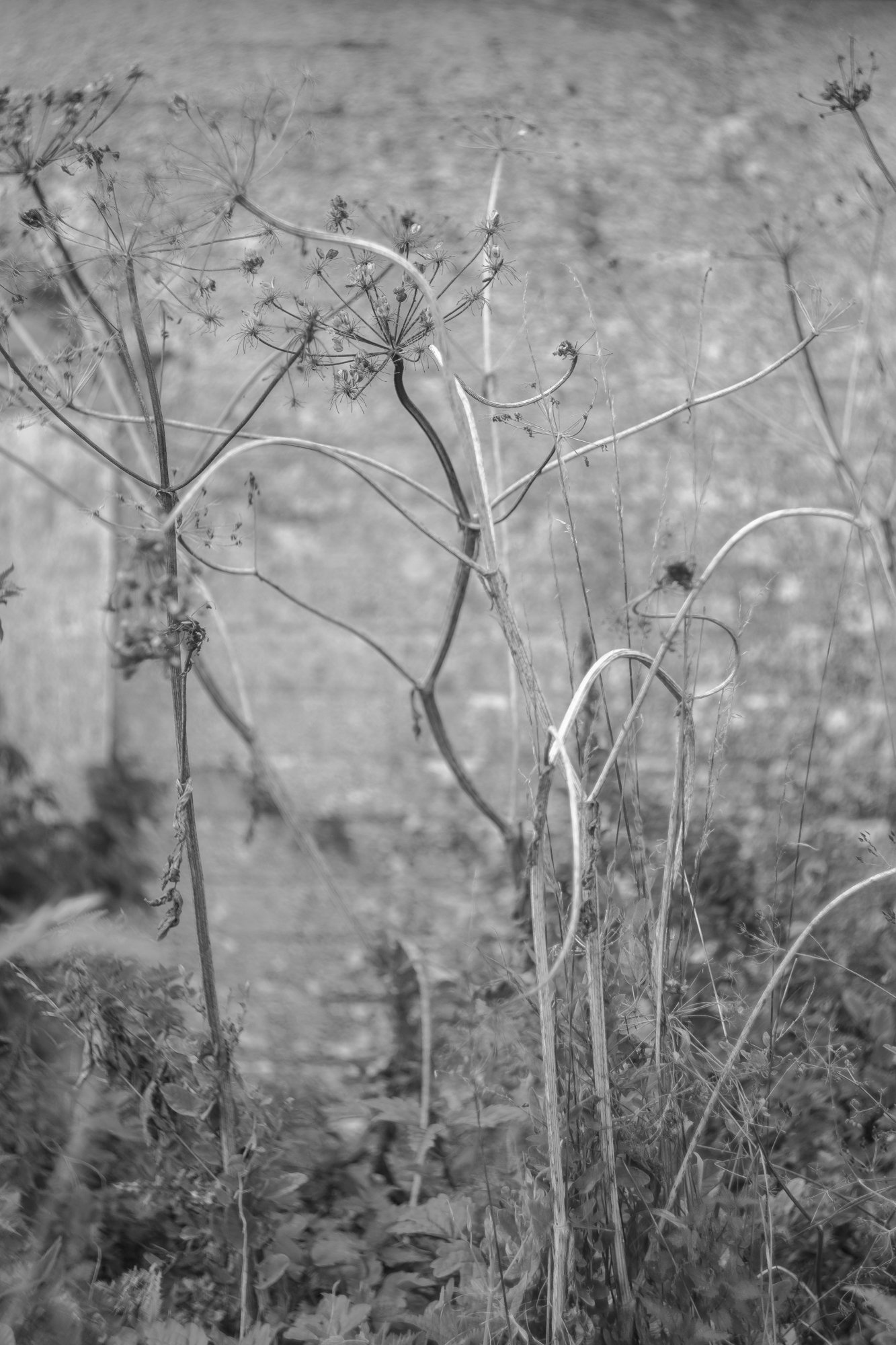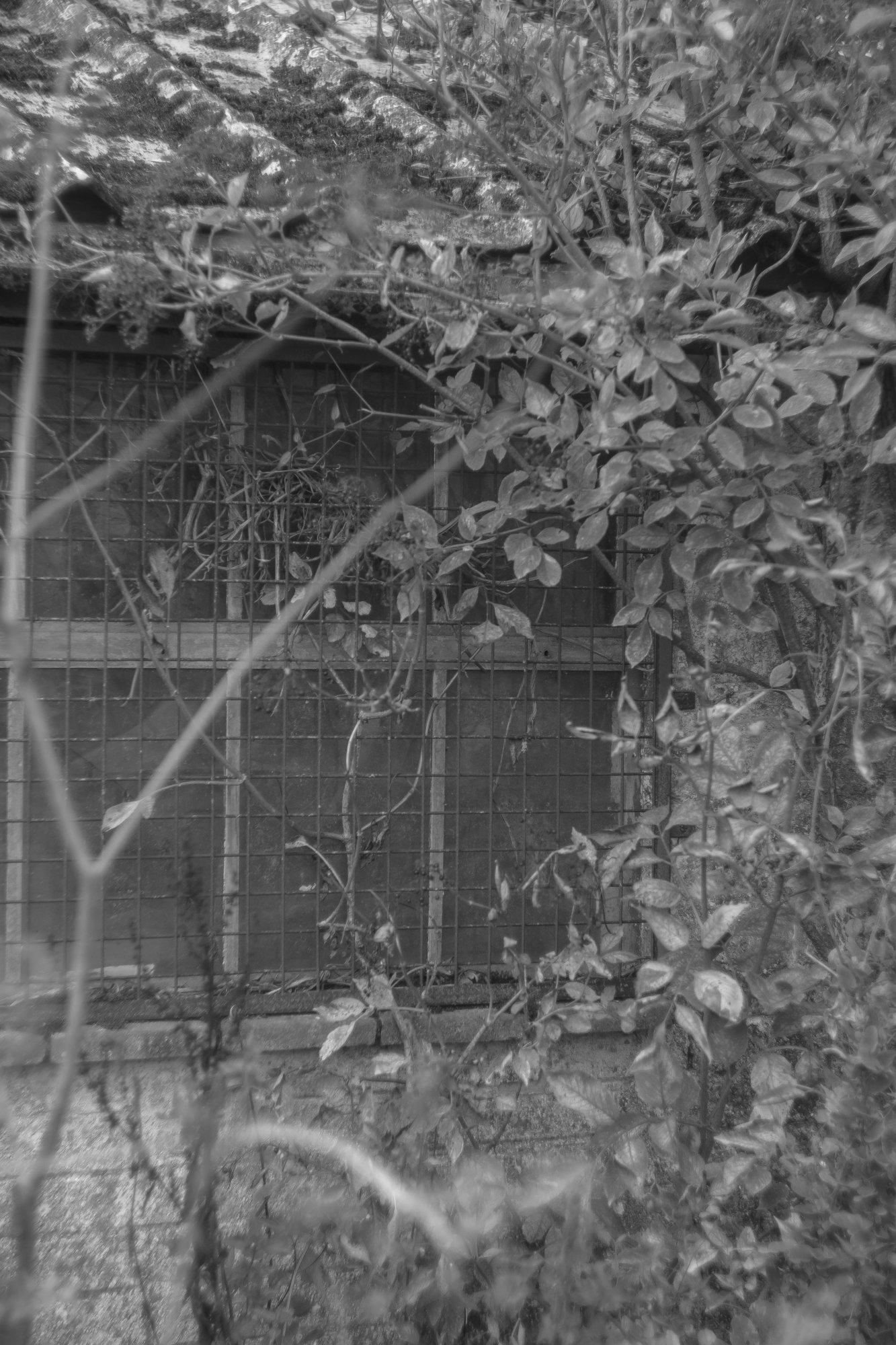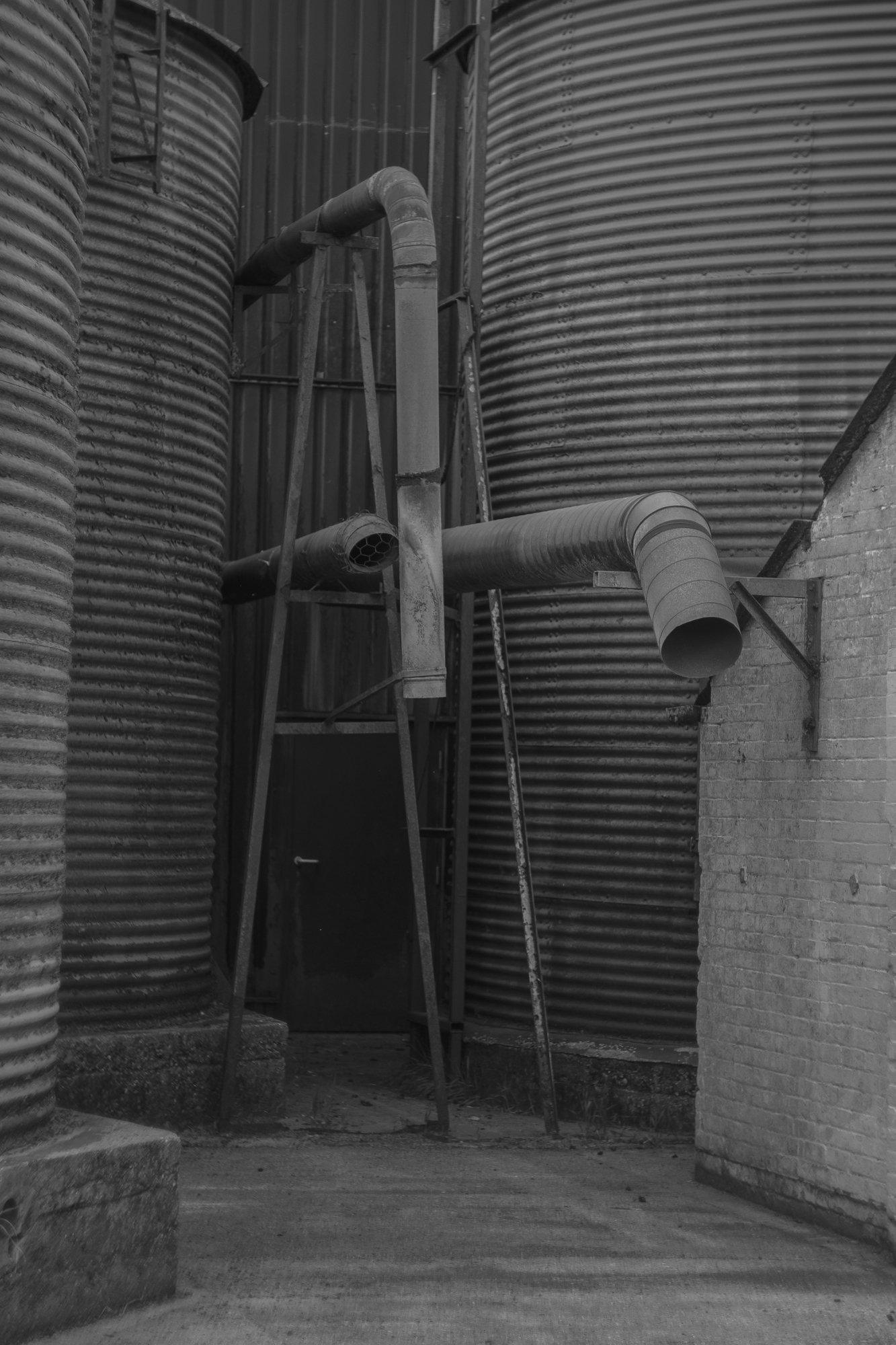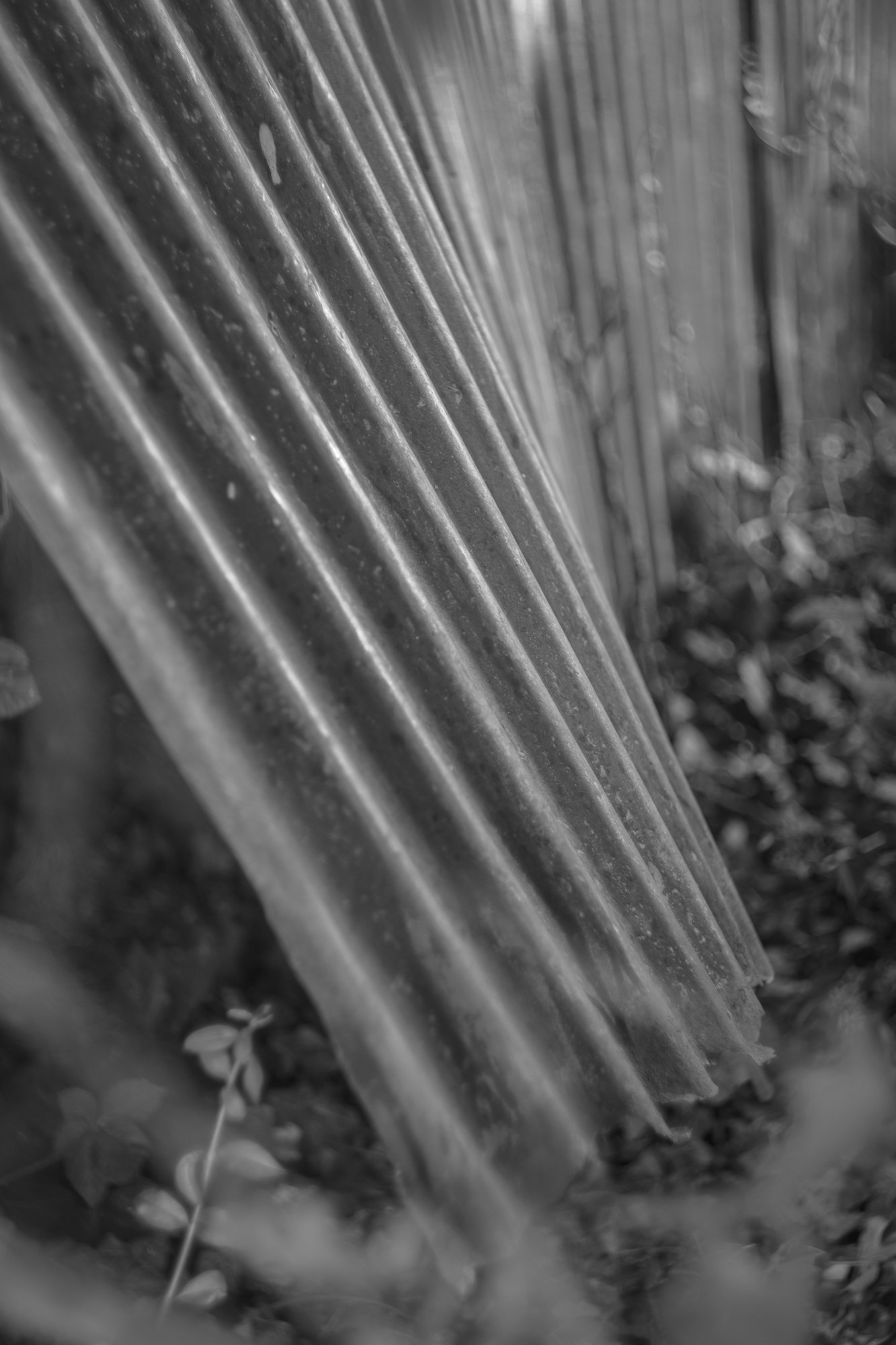In this ever evolving modern era, embracing uncertainty does not appear to be a popular option. Our political, social and relational decisions seem more divided than ever before, and I worry about the unwillingness to accept that sometimes we can’t be sure.
Jack Underwood explores the idea of uncertainty in his book Not Even This, and considers some of the philosophical outlooks that have embraced uncertainty in the past.
Carneades, part of the Skeptical Academy, pushed back against the notion held by the stoics of absolute truth in knowledge, claiming that ‘Nothing can be known, not even this’. He doubted the idea that truth can be acquired through reason or engagement of the senses, believing that we can ascertain mere probabilities of truth that enable us to act.
“Carneades is particularly remarkable for his philosophical technique. He would argue vigorously for and against every argument to such a thorough and committed extent that people were often confused about which side of any given debate he was on. They were right to be confused. His aim was to effectively prove all arguments both right and wrong enough that no certain conclusion could be drawn, which was itself the only final conclusion.”
This is a technique that feels familiar, something I have used myself, probably not to the lengths that Carneades went to, but as a means of considered decision making. Whether it’s about something personal or social, like most of us I will have an assumed take on any given matter, a standpoint that feels right given my experience, the information I have at hand and what I feel about the scenario. However, it is then very interesting to ask myself about the other side of the debate, to consider an alternative perspective. I then ask myself which view has greater resonance and I’m often surprised by the answer.
I find it telling that Carneades didn’t write, instead choosing to teach and debate face to face. This is a nuance that we are quickly losing within modern society. The speed and digitisation of life doesn’t allow us the space or time for the nuance of considered conversation. Thoughts are committed to text in haste, perceived in multiplicitous ways according to another individual's agenda or life experience and suddenly the system of communication begins to dictate a perceived necessity to be on the right or wrong side of an argument.
Over the last few years my understanding of the world has been shaped by significant personal and social events, and my necessity to see the world in black and white has shifted. Perhaps amidst my trauma I don’t have the energy for absolute clarity or truth, maybe it would feel too final or complete to define things one way or the other. I feel far more accepting of the grey areas of life, embracing the chance to ask questions and engage with the processes rather than worrying about the outcomes. I mean this in creative, spiritual and social senses, and to that end I proactively engage my senses, not as a means of establishing truth, but to encourage a more qualitative approach to my day to day.
Part of this way of thinking was formed through my relationship with my dad, who often enabled me to approach problems through asking me a question. Through this, it never felt like he was giving me the answer, but through asking the right question in the moment, it enabled me to find clarity with my issue. I wouldn’t say he ever played devil’s advocate, but in his questioning he was proposing an option or outcome that I may not have considered, allowing me to weigh up the options at hand and take what felt like the right path. His gentle guidance is something I still miss over 12 years on, but what it taught me was that before we presume we already have the answer, we need to slow down and ask ourselves the right questions.
